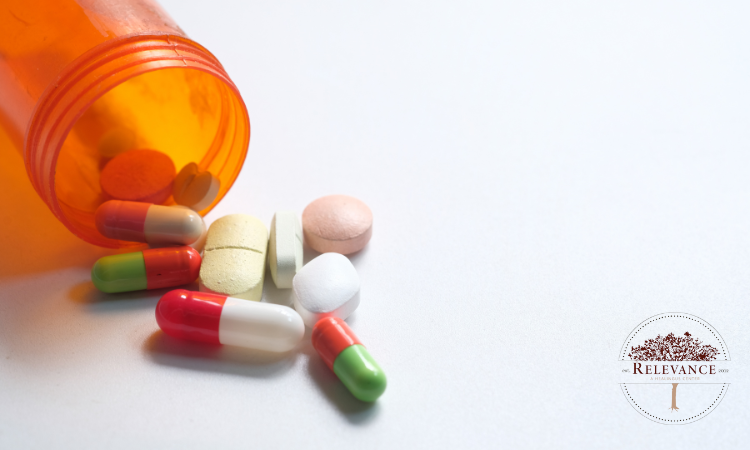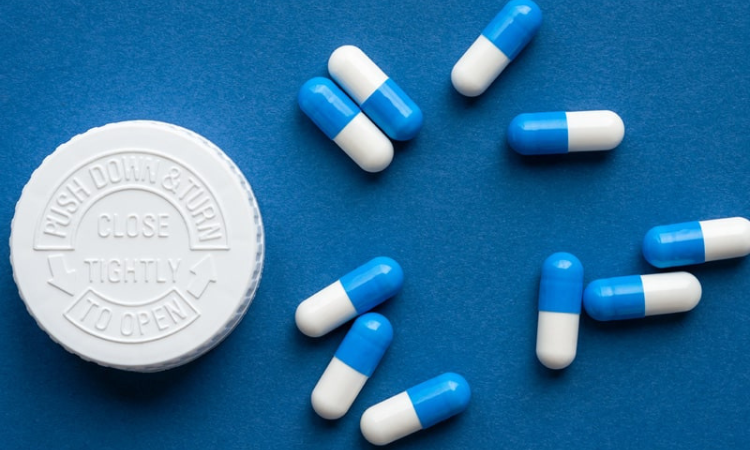Have you ever felt an urge to harm yourself and wondered if there was any other way to cope? Here is the good news: coping skills for self-harm can be learned and used necessarily. They can offer immediate relief from the intense pressure of self-harm urges, decrease their frequency, and ultimately promote healthier emotional regulation. However, A University of Georgia study found that people with a history of Non-Suicidal Self-injury (NSSI) use harmful coping methods, such as acting out and focusing on negative emotions, more than those without NSSI.
Various experiences can trigger urges to self-harm, and finding the right coping skills for self-harm can be challenging. Managing self-harm urges requires a toolbox of healthy coping mechanisms. But worry not; this article helps you figure out the coping skills for self-harm and enables you to build a toolbox for coping skills. Continue reading!
What is Self Harm?
When things go wrong in your mind, you try to avoid mental pain with physical pain- something that you can see and validate that it exists. This is a distraction or a releasing mechanism to survive in all roses or end the miserability of life all at once. In simple words, self-harm is hurting oneself on purpose in the hope of getting out of the emotional pain one might be suffering.
When painful or difficult emotions threaten to overwhelm you, self-harm can offer a way to:
- Regain a sense of control
- Feel something when you’re otherwise numb
- Express or distract yourself from unwanted emotions
- Punish yourself
Self-harm is a complex issue with no singular cause. Understanding the root cause, types, and coping skills for self-harm is always important to get a clear picture.
Types of Self-Harm
Cutting is the most common type of self-injury — more than 80% of people who self-harm choose this method — but it’s not the only one. An individual who wants to hurt themselves physically can find numerous ways to do so in any situation. Some of the common ways people self harm themselves are:
- Using a sharp object to cut or scratch on their skin
- Burning their skin
- Swallowing tablets or harmful chemicals to poison themselves
- Punching and harming themselves
- Starving or overeating
- Overconsuming caffeine results in a caffeine crash
- Overexercising to the point of injury
- Picking scabs and interfering in wound healing
- Overstepping financial boundaries and involving oneself in gambling, betting, etc.
- Avoiding necessary medical care
- Risking their life too often in the name of “adventure”
There are various conditions and types of self-harm. Consult your doctor when you are overly experienced and things start messing up with you.
Warning Signs of Self-Harm
Keeping a check on your loved ones is crucial because you never know what one might be going through. In comparison to a mental health disorder, recognizing self-harm behavior in someone is manageable. Here are some of the common warning signs of self-harm:
- Unexplained cuts, bruises, burns, or other wounds, often on the wrists, arms, thighs, and chest
- Wearing long sleeves and pants even in hot weather to cover up injuries
- Keeping sharp objects on hand
- Frequent reports of accidental injury
- Scars, often in patterns
- Signs of pulling out hair
- Changes in eating habits like over-eating or under-eating
- Exercising excessively
Other emotional and behavioral signs include:
- Overwhelming feelings and inability to function normally
- Low self-worth and hopelessness
- Withdrawing from usual activities and relationships
- Mood changes and secretive behavior
If you suspect a loved one is self-harming, approach them with compassion, listen without judgment, and encourage them to seek help from a mental health professional.
Distraction Techniques & Coping Skills
Developing a coping skill for self-harm is like learning a new language; it gives us a new way to communicate with ourselves during times of worry. Here are a few distraction techniques and coping skills you can practice to overcome self-harm
Coping Strategies for Different Emotions
- Take deep breaths or count to 10 slowly
- Go for a brisk walk or engage in physical exercise
- Write down your feelings in a journal
- Talk to a trusted friend or family member
Feeling Depressed/Sad
- Practice relaxation techniques like meditation or yoga
- Spend time in nature or engage in outdoor activities
- Make a gratitude list to focus on the positive aspects of your life
- Seek support from a mental health professional if needed
Experiencing Guilt/Self-Deprecating Thoughts
- Challenge negative thoughts with more realistic perspectives
- Practice self-compassion and treat yourself with kindness
- Make amends or apologize if appropriate, then let go of the guilt
- Focus on learning from the experience and moving forward
General Distraction Techniques When Triggered
Here are a few reliable distraction techniques and coping skills for self-harm triggers:
1. Connect with Someone
Reach out to a trusted person when you feel the urge to self-harm. Texting or calling a supportive individual can help you stay accountable and provide comfort.
2. Change Your Environment
Simply changing your surroundings can shift your mindset. Take a walk, visit a park, or engage in a fun activity to break free from negative thoughts.
3. Practice Mindfulness
Meditation, yoga, and breathing exercises can aid in managing anxiety and depression. These techniques require practice but can be valuable tools during difficult moments.
4. Express Yourself
Artistic outlets like journaling, drawing, or dancing can help release emotions and lighten your emotional load.
5. Use a Cold Touch
Applying something cold, like an ice pack, on your chest can reduce stress by stimulating heart rate variability.
6. Seek Professional Help
Talking to a therapist is a powerful way to address self-harm triggers. Therapists can offer support during distressing times and help you develop strategies to manage triggers effectively.
FAQs: Coping Skills for Self-Harm
1. When should I see a doctor about self-injury?
If you are self-harming, seeing a doctor as soon as possible is important. Seeking medical help can provide you with the necessary support and guidance to address the underlying issues causing self-harm.
2. How does pain affect people who self-harm?
Pain from self-harm can serve as a distraction from emotional pain, offering a temporary sense of control or release. However, it is crucial to understand that self-harm is not a healthy coping mechanism.
3. What are the possible risks of not treating self-harm?
Not seeking treatment for self-harm can lead to worsening mental health, increased risk of severe injury, and potential escalation of self-harming behaviors.
4. How to cope with self-harm?
Coping with self-harm involves finding alternative strategies to manage difficult emotions. Techniques like distraction, seeking support from friends or helplines, and engaging in activities that bring comfort.
5. Best coping strategy for self-harm?
The best coping strategy for self-harm varies for each individual. It is essential to explore different techniques such as distraction, physical activities, and creative outlets and seek professional help to find what works best for you in managing the urge to self-harm.
Conclusion
Self-harm is often a way to cope with emotional distress, trauma, or mental health issues like depression and anxiety. While it may provide temporary relief, it can lead to more serious physical and emotional complications over time. Therefore, coping skills for self-harm offer temporary relief from self-harm urges but don’t address the root emotional causes, leading to recurring desires to self-harm.
For lasting change and recovery, seeking support from a trained therapist is crucial. Therapy provides a safe space to explore deep emotions, trauma, and mental health issues driving self-harm.









